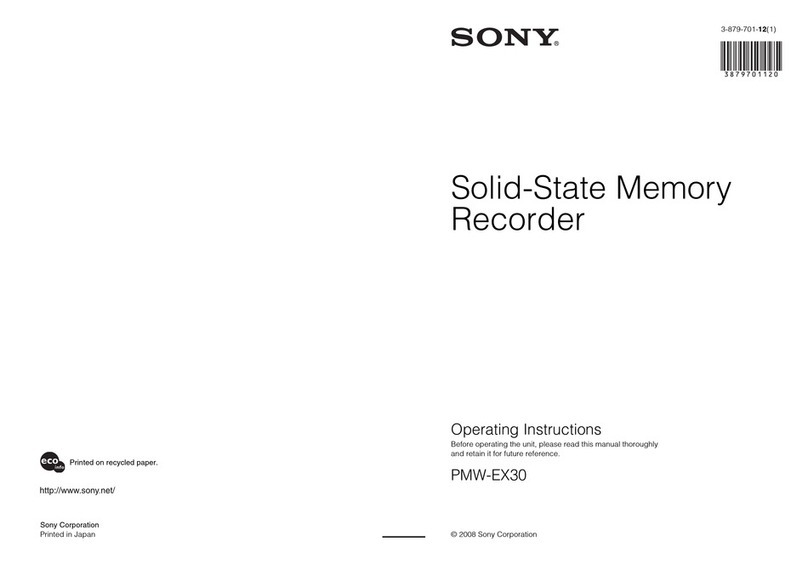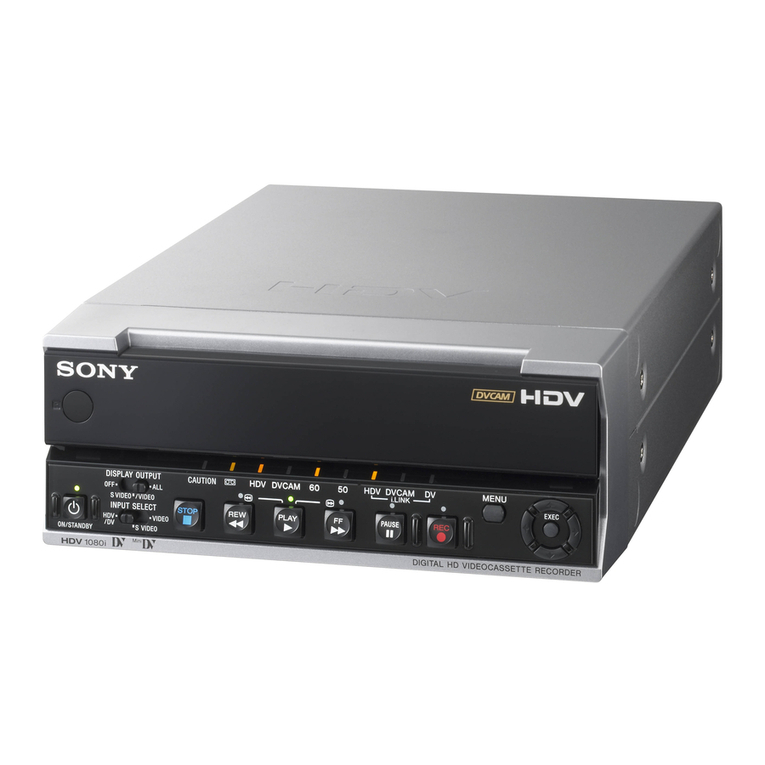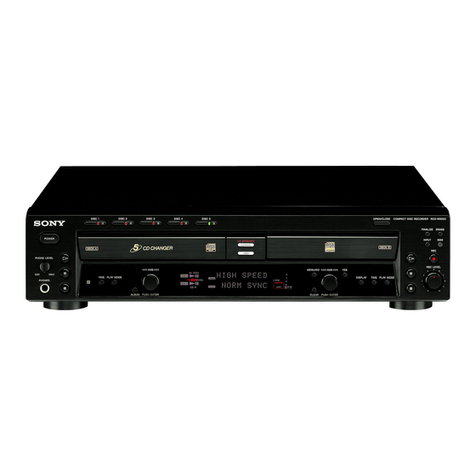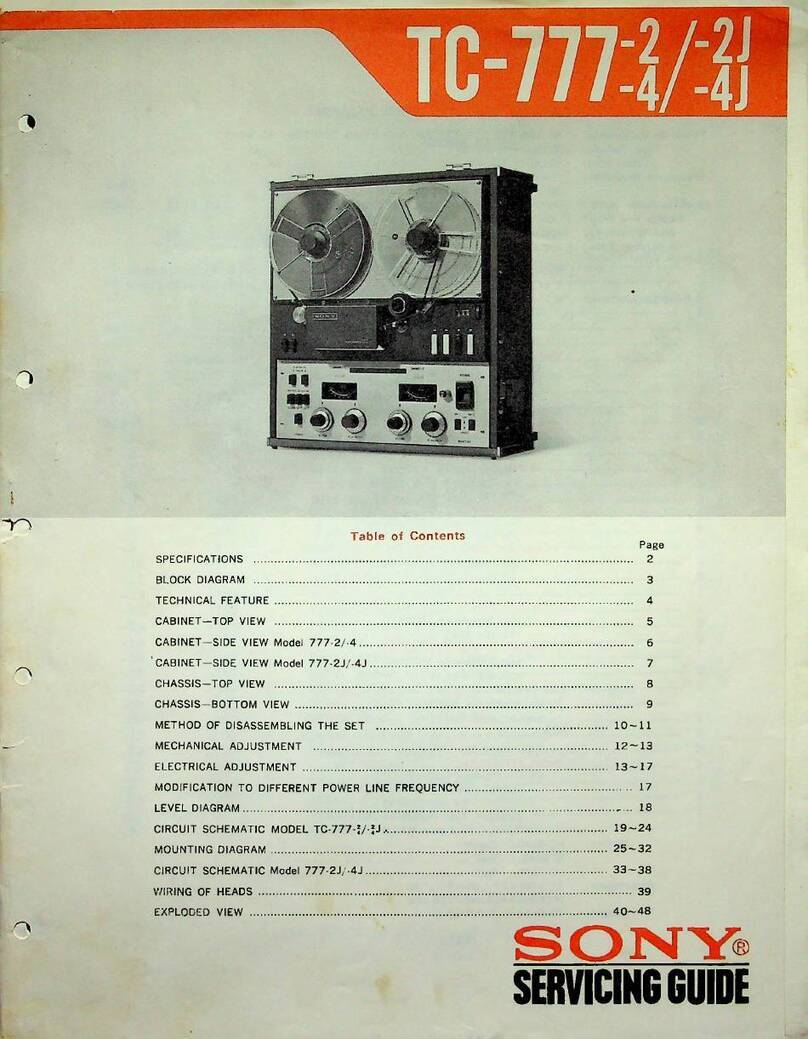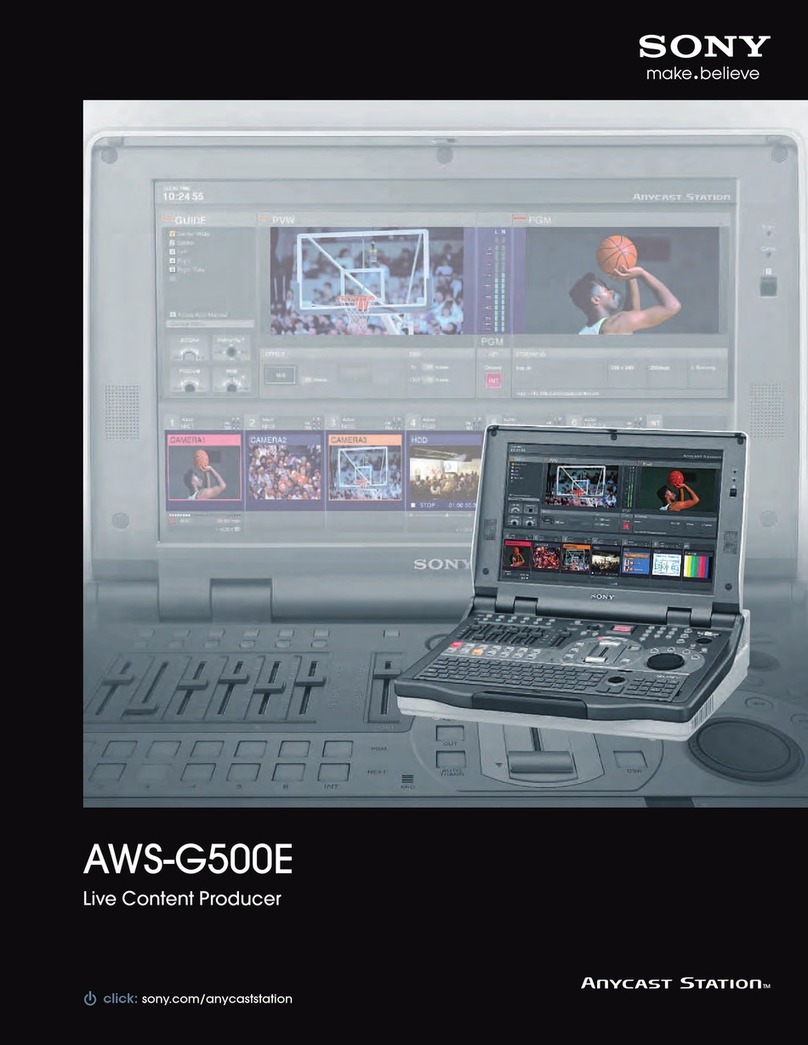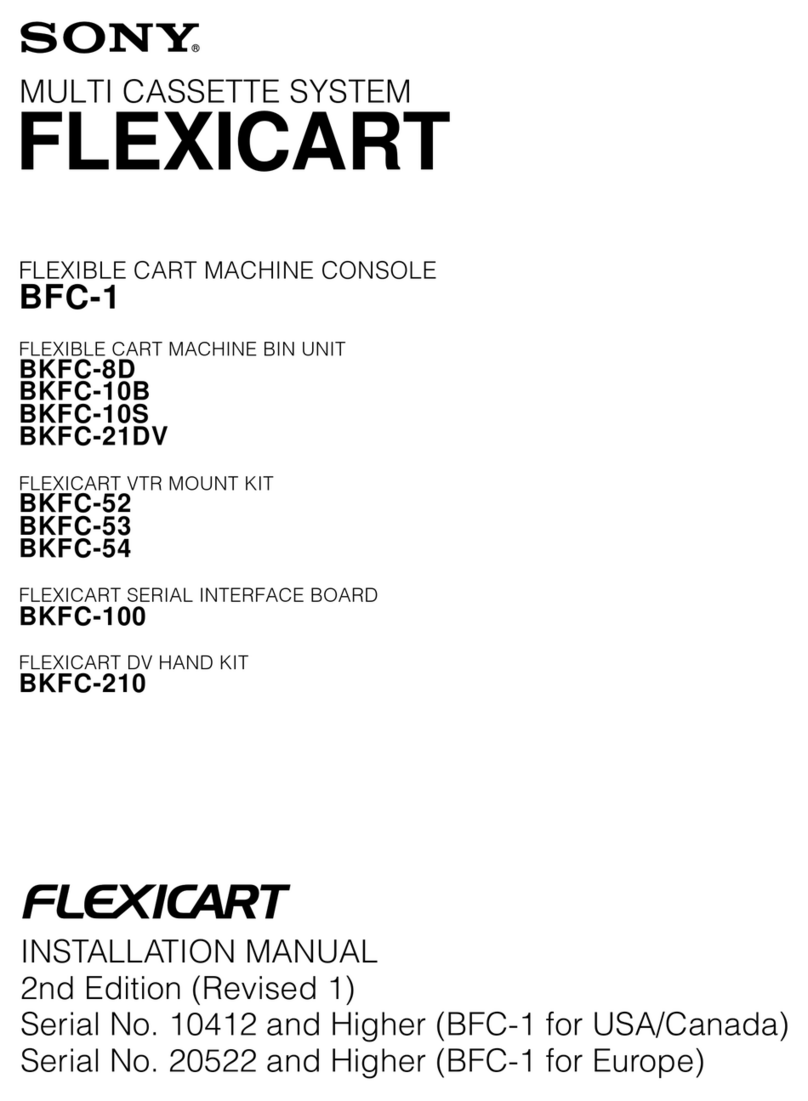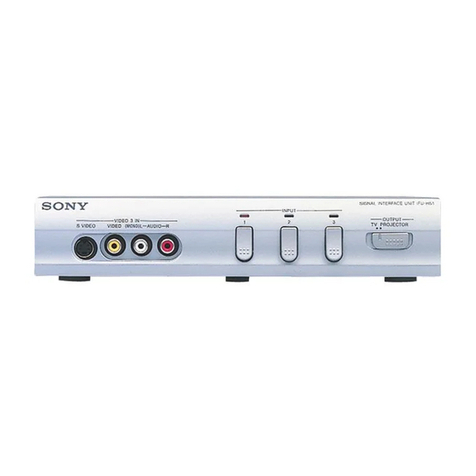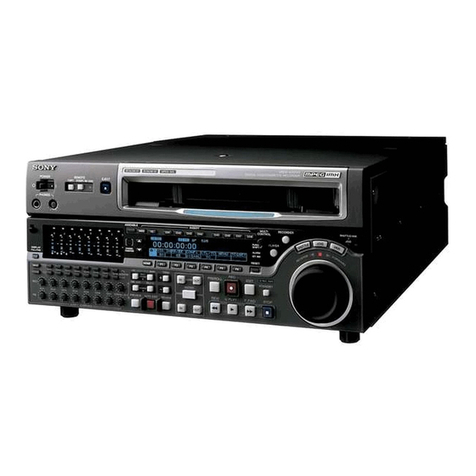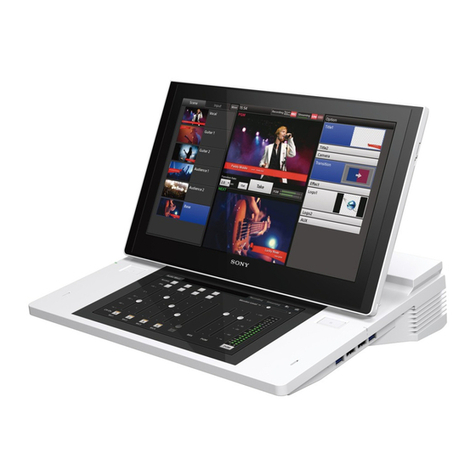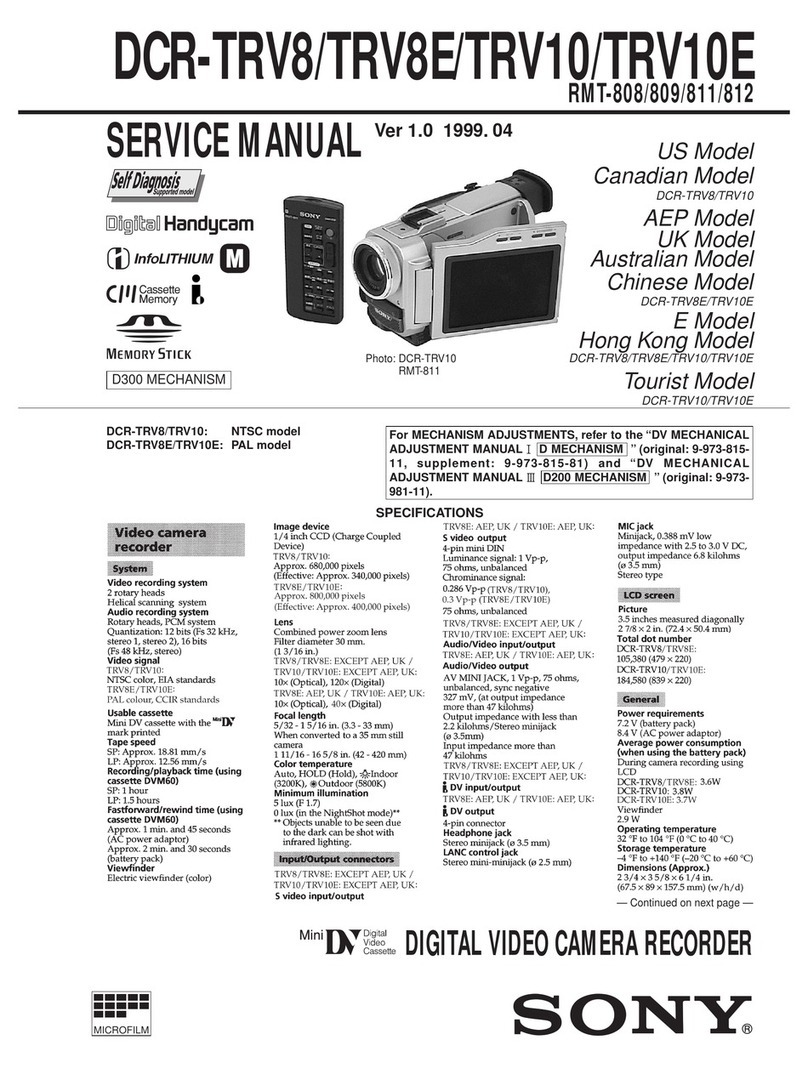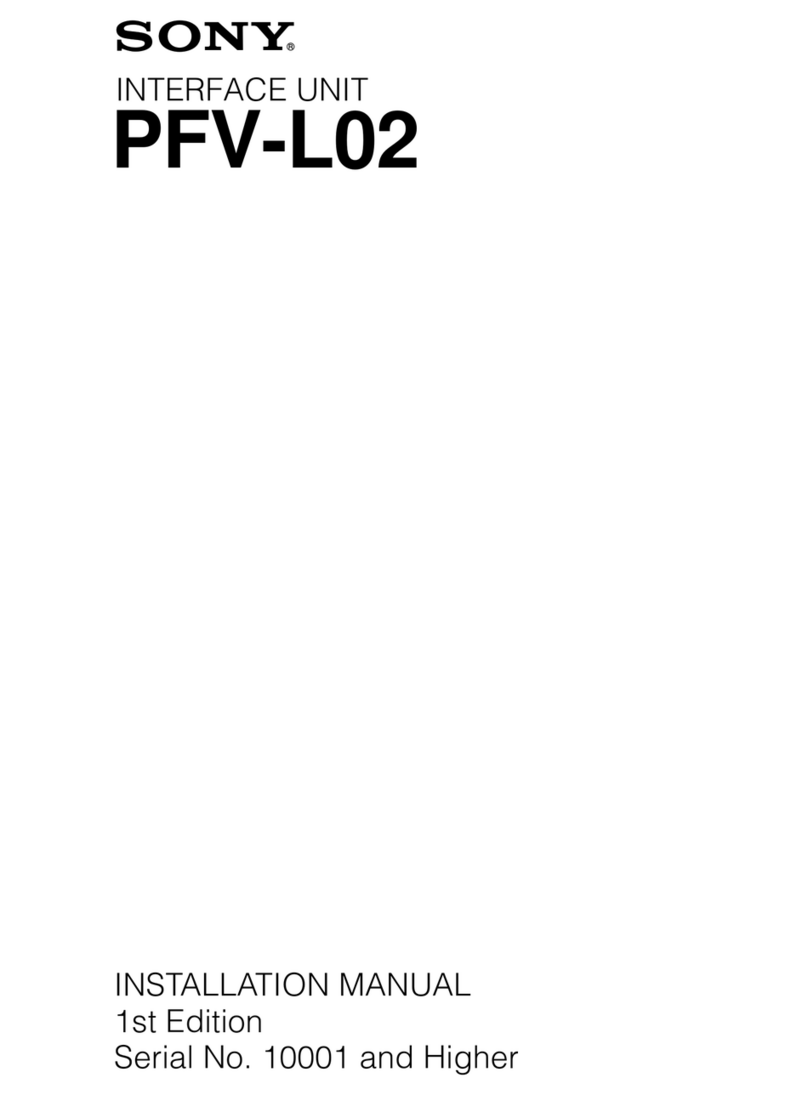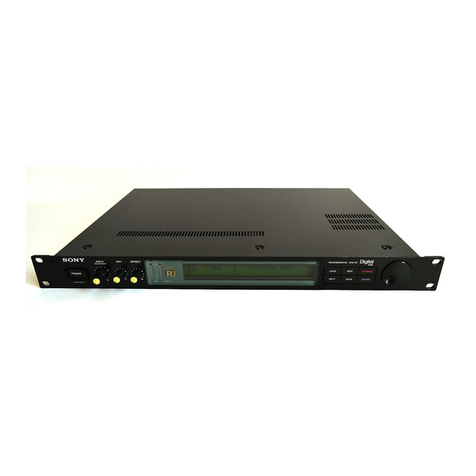
CRX160E User’s Guide 3
The speed at which a CD-ROM is written does not affect
the speed at which that CD-ROM can be read. For example,
a CD-ROM which was written at 2X can be read at 2X, 4X,
8X, 12X, 24X, 32X, and so on.
Buffer
The Spressa CRX160E recorder has a four megabyte data
buffer, which reduces buffer underruns when writing to
CD-RW and CD-R media with some software. Buffer
underrun is a condition where the drive’s buffer runs out of
data while the CD-R or CD-RW media is still being written.
The recording of a CD is a system intensive process with
some software, and the recorder needs a constant stream of
data. A buffer underrun occurs when the data stream to the
recorder is not fast enough to keep the recorder’s buffer
full, causing the recording to abort.
CD Formats Supported
The CRX160E records these popular CD formats:
•CD-Digital Audio; the format used for audio CDs,
playable on audio CD players.
•CD Extra;Audio and data in multi-session format.
•CD TEXT; Audio CD with album name; song titles
encoded. CD TEXT information is displayed on CD
TEXT Compatible CD Players and CD-ROM drives.
•CD-ROM (Mode 1); the format used for most CD-ROM
applications.
•CD-ROM XA (Mode 2 Form 1 and Mode 2 Form 2);
CD-ROM Extended Architecture. This standard was
created for smoother playback of multimedia content.
•CD-I* (Mode 2 Form 1 and Mode 2 Form 2), CD-I Ready;
CD-Interactive is used for home entertainment systems.
•†CD-Bridge; a format for a mixture of Kodak Photo
CDs and Video CDs, playable on TV set top players
and personal computers.
2CRX160E User’s Guide
How CD-R and CD-RW work
CD-ROM drives (CD-R and CD-RW drives as well) read the
one and zero bits by difference in reflectivity. Mass
produced Compact Discs are created by stamping “pits” in
the CD. These “pits” reflect differently than the “land”
which is the area between “pits.”
CD-R drives work by using a laser beam to heat the
recording layer, causing a chemical reaction in that spot so
CD-ROM players will see this as a “pit” and the unburnt
area as “land.”
CD-RW uses what is known as a “Phase Change”
technology. In the CD-RW media is a substance which can
be changed from an amorphous “mark,” that very closely
resembles the pits of a stamped CD, to a crystalline state
which resembles “land.” The laser beam of the Sony
CRX160E changes the crystalline state to the amorphous
state by use of a laser to quickly heat the spot on the disc,
forming a mark. To change the amorphous state back to the
crystalline state, the laser beam uses a lower power setting
to transition the mark back to the crystalline “land.”
Performance
The CRX160E is capable of writing CD-R discs at 12X speed
and CD-RW discs at 8X speed. 12X means that the CRX160E
can write (also called record or burn) a CD-RW disc at 1,800
kilobytes per second. This rate allows the CRX160E to record
a full 650 megabyte CD-RW disc in about 5 minutes.
The CRX160E can also record CD-R and CD-RW discs at 8X,
4X, and 2X.
The CRX160E is a multi-function device. Since the drive is
also capable of reading at up to 32X maximum (4,800
kilobytes per second) it is a good general use CD-ROM
drive as well as recorder.
